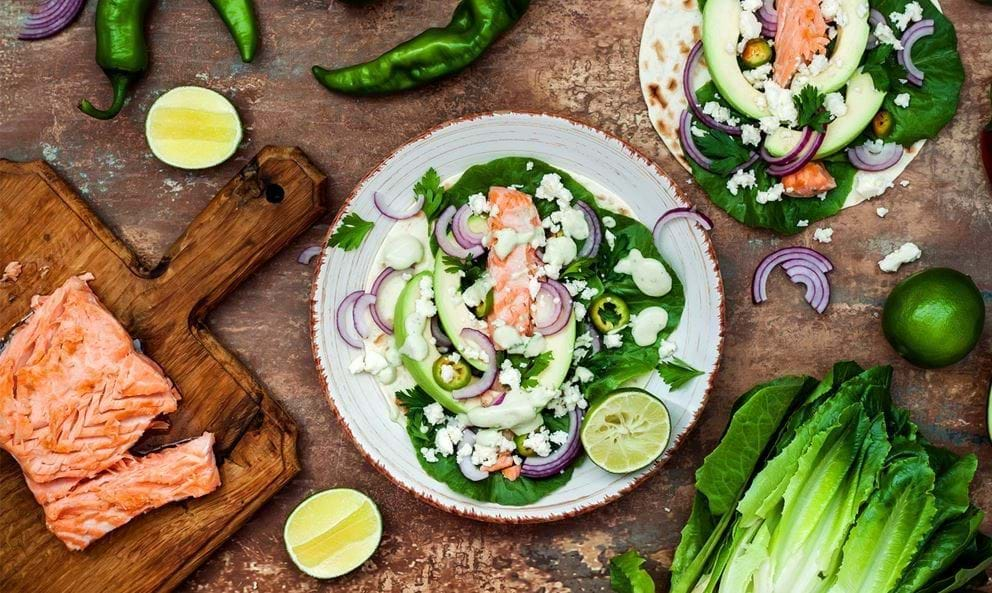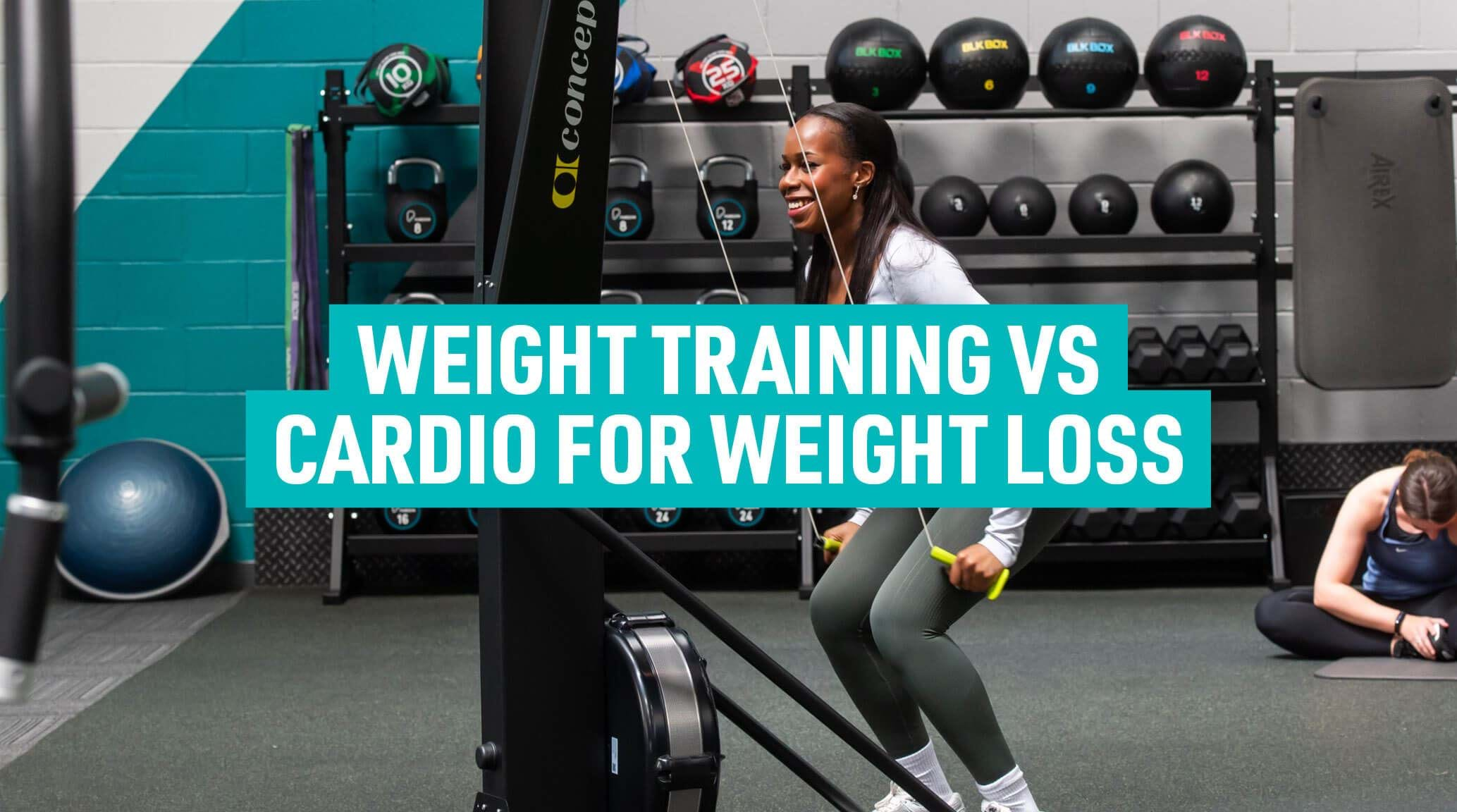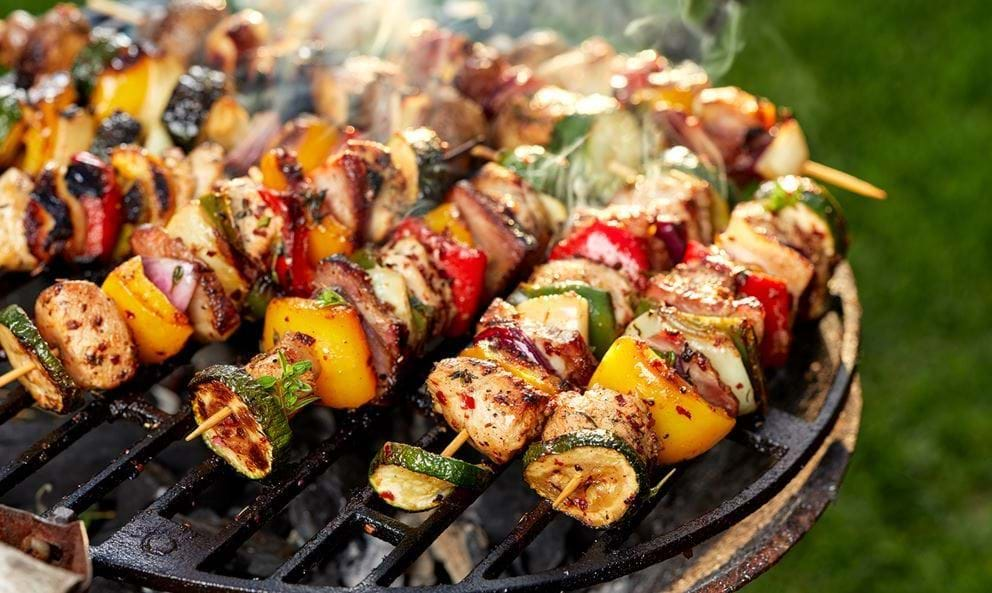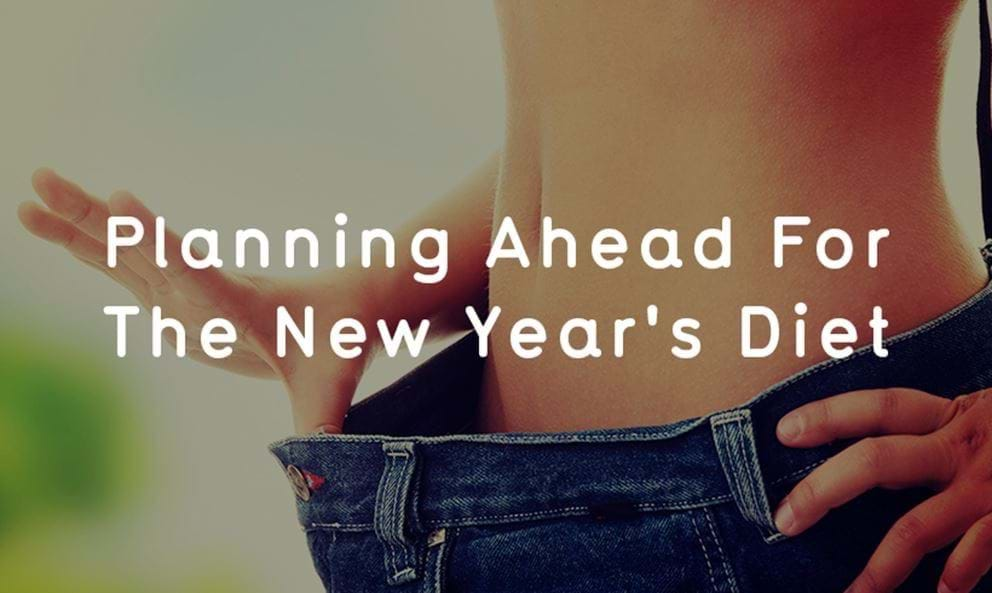Calories and Weight Loss - What You Need To Know

If you're looking to lose weight, the huge number of diet plans and nutritional guidance available can seem overwhelming, with many competing ideas and eating styles on offer. However, a good starting point for any weight control plan is to gain an understanding of calories, and what they mean for your body.
In this guide, we explain what calories are and how many you should be eating if your goal is to lose weight. Read on for more
Is An Understanding of Calories Essential For Weight Loss?
Here at PureGym we’re keen to support you in your health and fitness journey. If your goal is working towards losing weight, we believe it’s best to approach this a gradual and sustainable way, combining healthy diet changes and exercise to keep your body in tip top shape. While very low calorie ‘crash’ diets may seem appealing if you’re hoping to achieve your goal quickly, it’s almost always more effective in the long term to work on healthy lifestyle changes that will have positive, sustainable benefits to your physical and mental wellbeing. This means gradual changes to your calorie consumption and making healthy, micronutrient-rich food choices rather than extreme changes that could have a negative impact on your health.
While a calorie-tracking approach to nutrition can help build an understanding of which types of food may be best for achieving healthy weight loss goals, it may not suit everyone. If you’re overly concerned about your weight, speak to your doctor, a dietician or a nutritionist who may be able to work up a meal plan that suits your body type.
What Are Calories?
Calories are a measure of the energy that food and drink provide to our bodies, and are vital fuel that we need to function, from our brain to our biceps. Food is made up of macronutrients known as protein, carbohydrates and fats - which all play a different role within your body. They all have different energy values which influence how many calories of energy we get when we consume them.
How Do Calories Affect Weight Loss?
If we regularly consume more calories than we burn, our body will store those additional calories as fat. A repeated excess of around 500+ calories over your daily burn number is likely to lead to gradual weight gain. Likewise, cutting your calories to around 500 calories below your daily burn amount is likely to lead to a healthy and steady amount of weight loss. However do bear in mind, these numbers are a guideline figure only and will differ depending on your current build, health and genetic make up.
The first step in determining how many calories you may want to aim towards for weight loss is understanding your BMR and TDEE - read on to find out more.
What is Basal Metabolic Rate (BMR)?
Even without including workouts or additional exercise, your body will burn a certain number of calories just by carrying out its basic functions, such as thinking, breathing, digesting or pumping blood around your body. This is known as your Basal Metabolic Rate or BMR, and the number will vary depending on your age, gender, height and weight, and can even be affected by your genetics, medications and environmental factors like temperature.
The quickest and easiest way to discover this number is to use an online BMR calculator.
What is Total Daily Energy Expenditure (TDEE)?
Every bit of exercise you do, whether it's walking around your house, running to catch a bus or lifting weights, burns further energy, meaning your body consumes even more calories. The specific number of calories these activities burn is unique to you and your body, and are best measured by fitness trackers (like an Apple Watch or Fitbit) or by wearing a heart rate monitor when you work out. By adding the number of calories burned by exercise to your BMR, you'll be able to understand roughly how many calories you're burning each day.
Many people refer to this as your Total Daily Energy Expenditure or TDEE - the total number of calories your body used that day. However, it's worth noting that you will continuously be burning even more calories from Non-Exercise Activity Thermogenesis (NEAT) -- this term covers minor actions your body makes throughout the day that still burn energy, such as fidgeting, bobbing your head to music or standing instead of sitting. So, while adding your BMR and daily exercise calories together will give you a good guideline of your TDEE, it's likely that the actual number of calories burned each day will be even higher thanks to your NEAT activity. Learn more about NEAT and how to maximise its benefits with our guide.
How Many Calories Do I Need to Eat to Lose Weight?
General recommendations for weight loss is to aim for a calorie deficit of around 500 - 1,000 below your TDEE, depending on how high your daily calorie burn is. This will ensure that you’re consuming less calories than you use and your body will ideally start to burn your existing fat reserves to fill the energy gap. Don’t be tempted to drop your calories too low - it’s widely recommended that most people consume a minimum of 1,200 calories a day to ensure the body has all the nutrients and energy it needs to thrive and function.
It’s important to remember that less isn’t always better, and that definitely applies when thinking about how many calories your body needs. Calories are fuel for your workouts and help your body to stay strong, recover well and function properly. If your calories are too low you may find you can’t put as much effort into your workouts, which plays a huge role in losing weight and getting fitter.
There are a variety of apps and websites that will be able to provide specific calorie recommendations for your activity level, body shape and goals. As a very loose guideline, the general recommended daily calorie intake for men is 2,500 and for women is 2,000. If you’re fairly inactive, a healthy target for weight loss would be around 1,300 - 1,500 for women and 1,800 - 2,000 calories for men. If your activity levels are higher, you may want to be raising this figure to account for around half the calories you’re burning through exercise.
How Can I Tell How Many Calories Are in My Food and Drink?
Any packaged goods you pick up from the supermarket will have their calorie counts marked on the wrapper or container. By keeping track of these, you can gain an understanding of how many calories you're consuming on a day-to-day basis. For items like a pre-packaged lunchtime sandwich, drink or salad bowl, these will usually show the full calorie count in a table on the front or back. If, however, you're making your own meal using multiple ingredients, you'd need to tally up the calories for each item (e.g. each slice of bread plus each item of filling and garnish).
For non-packaged items, you can usually find calorie checkers online (such as this one from the NHS), or use specific meal tracking apps such as MyFitnessPal. If you're dining out, many chain restaurants list their nutritional information on their website, or you can often work out an estimated calorie count based on the ingredients used in the meal.
How to Make the Most of Your Calories
Although calories can be a really helpful tool to better understand what is in food and help you have an objective measure of portion sizes - calories aren't all created equally. Calorie focused nutrition doesn't always take food quality into account, which is really important. While there really are no 'good' foods or 'bad' foods, you'll find that different ingredients might be more likely to fill you up for longer, slowly release more energy for your next workout or provide more fantastic vitamins and nutrients for your body.
For example, while 100 calories worth of sugary sweets and 100 calories worth of green veg will provide your body with the same amount of energy to burn off, you'll find that this is actually just a small taste of sugar versus a large plate full of nutritious greens. So, for the short-lived sugar high of the candy, you could instead give your body a boost of vitamins, minerals and fibre from the vegetables.
Similarly, healthy fats like olive oil, nuts and avocados may have seemingly high calorie counts, but they're likely to keep you fuller for longer and are incredibly beneficial for your heart health,cholesterol levels and help with the delivery of fat-soluble vitamins A, D, E and K
The best way to make the most of your calories for the day is to include well-rounded, nutritious meals packed with lean proteins, healthy fats, whole grains and delicious fruit and veg. You don't need to forgo the indulgences and treats either, just work them around your healthy meal plan. Our Healthy Food Swaps Guide explains more and provides some great examples of how to make the most of your calorie limit.
For a range of healthy recipe ideas and nutritional tips, head over to our Nutrition & Diet advice pages. If you're including exercise in your weight loss journey, you can download the [free PureGym app](/app/, where you can create a customised training plan for your weight loss goal or get involved with our on-demand classes and workouts.. Also, consider booking a session with a dedicated Personal Trainer at PureGym- they're able to offer a wealth of advice for both fitness and nutrition.


